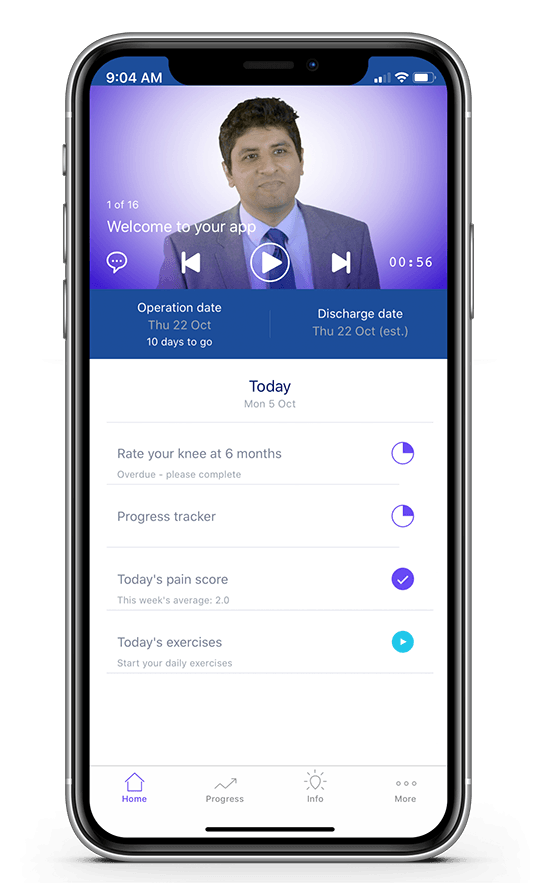News
Robotic-Assisted Patellofemoral Replacement —Correlation of Preoperative Planning with Intraoperative Implant Position and Early Clinical Experience: A Minimum 2-Year Follow-up
Friday, 30 October 2020
Patello-femoral arthroplasty (PFA) is successful in a selected group of patients and yields a good functional outcome. Robotic-assisted knee arthroplasty has been shown to provide better implant positioning and alignment. We aim to report our early outcomes and to compare Mako's (Robotic Arm Interactive Orthopaedic System [RIO]) preoperative implant planning position to our intraoperative PFA implant position. Data for this study was prospectively collected for 23 (two bilateral) patients who underwent robotic-assisted PFA between April 2017 and May 2018. All preoperative implant position planning and postoperative actual implant position were recorded. Presence of trochlear dysplasia and functional outcome scores were also collected. There were 17 (two bilateral) female and 6 male patients with a mean age of 66.5 (range: 41–89) years. The mean follow-up period was 30 (range: 24–37) months. Eighteen knees (72%) had evidence of trochlear dysplasia. The anterior trochlear line was on average, 7.71 (range: 3.3–11.3) degrees, internally rotated to the surgical transepicondylar axis and on average 2.9 (range: 0.2–6.5) degrees internally rotated to the posterior condylar line. The preoperative planning range was 4-degree internal to 4-degree external rotation, 4-degree varus to 6-degree valgus, and 7-degree flexion to 3-degree extension. The average difference between preoperative planning and intraoperative implant position was 0.43 degrees for rotation (r = 0.93), 0.99 degrees for varus/valgus (r = 0.29), 1.26 degrees for flexion/extension (r = 0.83), and 0.34 mm for proudness (r = 0.80). Six patients (24%) had a different size component from their preoperative plan (r = 0.98). The mean preoperative Oxford Knee Score (OKS) was 16 and the mean postoperative OKS was 42. No patient had implant-related revision surgery or any radiological evidence of implant loosening at final follow-up. Our early results of robotic PFA are promising. Preoperative Mako planning correlates closely with intraoperative implant positioning. Longer follow-up is needed to assess long-term patient outcomes and implant survivorship.
Read Full Text - http://dx.doi.org/10.1055/s-0040-1716848


